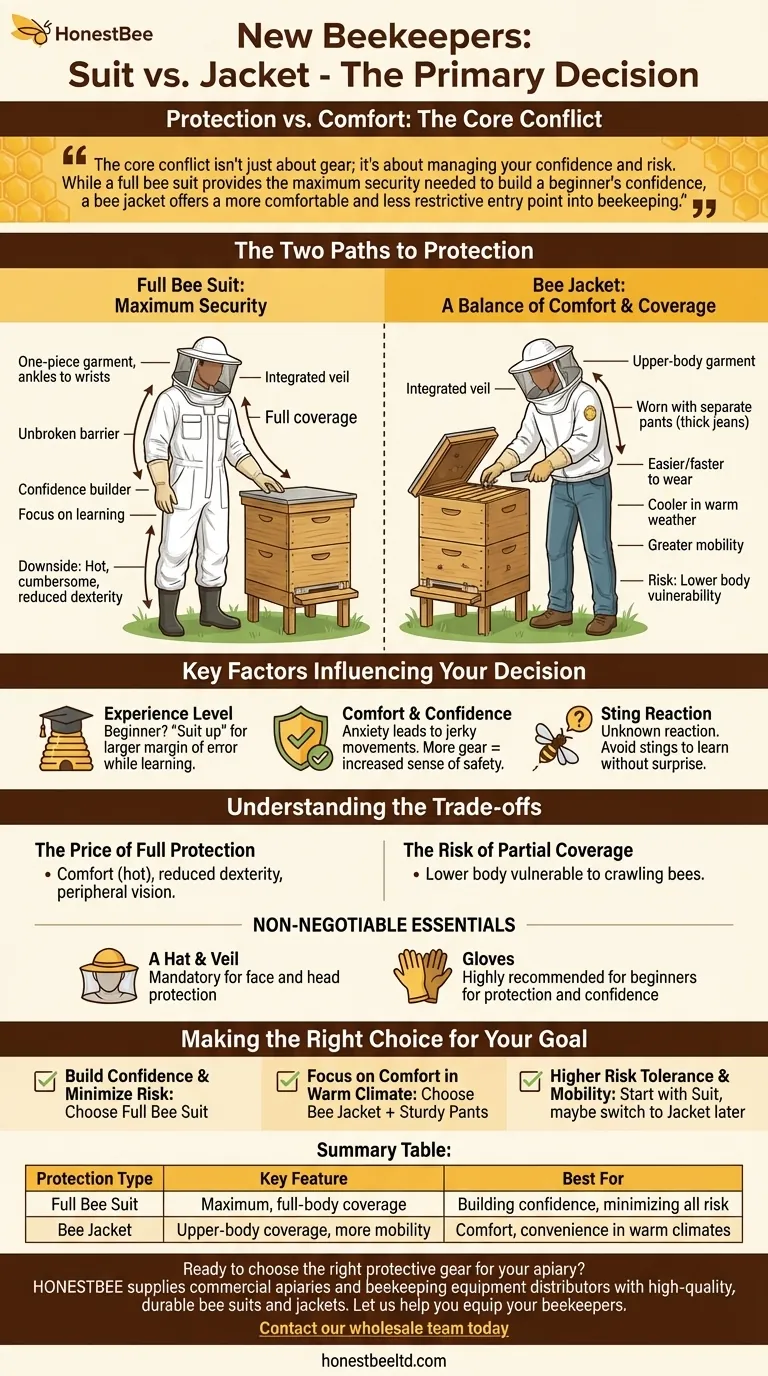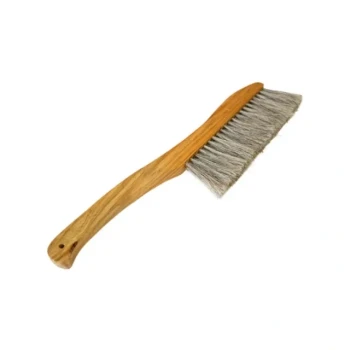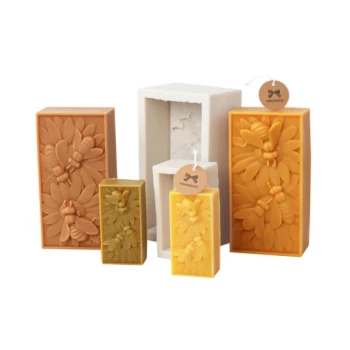For new beekeepers, the primary decision regarding protective wear is choosing between a full bee suit and a bee jacket. This choice establishes the fundamental trade-off you will make between comprehensive protection from stings and the practical comfort and ease of movement required when working in an apiary.
The core conflict isn't just about gear; it's about managing your confidence and risk. While a full bee suit provides the maximum security needed to build a beginner's confidence, a bee jacket offers a more comfortable and less restrictive entry point into beekeeping.

The Two Paths to Protection: Suit vs. Jacket
Your choice of body protection is the most significant you'll make, as it directly impacts how you feel and act around your hives. Calm, deliberate movements are key, and your gear should support that state of mind.
The Full Bee Suit: Maximum Security
A full bee suit is a single, one-piece garment that covers you from your ankles to your wrists, typically with an integrated veil for your head and face.
Its purpose is to create an unbroken barrier. This comprehensive coverage is invaluable for building confidence, as it removes the fear of stings and allows you to focus on learning bee behavior.
The Bee Jacket: A Balance of Comfort and Coverage
A bee jacket is an upper-body garment that includes long sleeves and an integrated veil. It is designed to be worn with your own separate, sturdy pants, such as thick jeans.
This option is popular because it's easier and faster to put on and take off. It's also significantly cooler in warm weather, offering greater comfort and mobility during hive inspections.
Key Factors Influencing Your Decision
How you weigh the suit-versus-jacket debate depends on your personal disposition and approach to learning. There is no single correct answer, only the right answer for you.
Your Experience Level
As a beginner, you are still learning to read the bees' temperament and move with calm, deliberate motions. Accidental bumps or quick movements are more likely.
For this reason, most new beekeepers are encouraged to "suit up" fully. More protection provides a larger margin for error as you build your skills.
Your Personal Comfort and Confidence
Fear is a beekeeper's enemy. If you are anxious, you are more likely to make jerky movements that can alarm the colony.
Wearing more protective gear can directly increase your sense of safety, helping you remain calm and focused. This creates a better experience for both you and the bees.
The Unknown: Your Reaction to Stings
Until you are stung, you will not know how your body reacts to bee venom. It is wise to avoid stings as much as possible at the outset.
Protective clothing provides a reliable barrier, allowing you to learn hive management without the unpleasant surprise of an unexpected sting.
Understanding the Trade-offs
Choosing your gear involves accepting a set of compromises. Being aware of them will help you manage your expectations and work more safely.
The Price of Full Protection
The primary downside of a full bee suit is comfort. They can be hot, cumbersome, and slightly reduce your dexterity and peripheral vision. In hot climates, this can lead to overheating.
The Risk of Partial Coverage
A bee jacket, while more comfortable, leaves your lower body vulnerable. Bees can crawl up from the ground or target your ankles if your pants and footwear are not secured properly.
The Non-Negotiable Essentials
Regardless of your choice, a hat and veil are mandatory. Protecting your face and head is the most critical aspect of beekeeping safety.
Gloves are also highly recommended for beginners. While some experienced keepers work barehanded for better dexterity, gloves provide crucial protection and confidence when you are starting out.
Making the Right Choice for Your Goal
Select the gear that best enables you to be a calm, focused, and effective beekeeper.
- If your primary focus is building confidence and minimizing all risk: A full beekeeping suit is the unequivocal choice to ensure complete peace of mind.
- If your primary focus is comfort and convenience in a warmer climate: A bee jacket paired with sturdy, light-colored pants offers a practical and effective level of protection.
- If your tolerance for risk is higher and you value mobility: You might still start with a full suit, but recognize you may quickly prefer a jacket once you are comfortable.
Ultimately, the best protective gear is the gear that makes you feel safe enough to work calmly and learn from your bees.
Summary Table:
| Protection Type | Key Feature | Best For |
|---|---|---|
| Full Bee Suit | Maximum, full-body coverage | Building confidence, minimizing all risk |
| Bee Jacket | Upper-body coverage, more mobility | Comfort, convenience in warm climates |
Ready to choose the right protective gear for your apiary?
HONESTBEE supplies commercial apiaries and beekeeping equipment distributors with high-quality, durable bee suits and jackets through our wholesale-focused operations. Let us help you equip your beekeepers with the gear that builds confidence and ensures safety.
Contact our wholesale team today to discuss your needs and get a quote!
Visual Guide

Related Products
- Cotton Beekeeping Suit and Round Hat with Veil Bee Keeper Protective Gear
- White Beekeeping Protective Suit and Hat with Fencing Veil for Beekeepers
- Professional Beekeeping Suit for Kids and Girls Childrens Bee Keeper Suit
- Heavy Duty Cowboy Beekeeper Hat with Visibility Veil Outdoor Professional Beekeeping Protective Gear
- Beekeeper Cowboy Hat and Veil for Beekeeping
People Also Ask
- How should a bee suit be cleaned? Protect Your Investment and Ensure Apiary Safety
- Do beekeeping suits completely prevent stings? Maximize Your Apiary Safety with the Right Gear
- How should a beekeeping suit be hung to maintain its shape? Protect Your Investment with Proper Storage
- Why is a jacket with a hat veil recommended for beekeepers? Essential Protection for Your Face and Neck
- What is recommended for beginners in beekeeping regarding protective clothing? A Complete Safety Guide for New Beekeepers



















